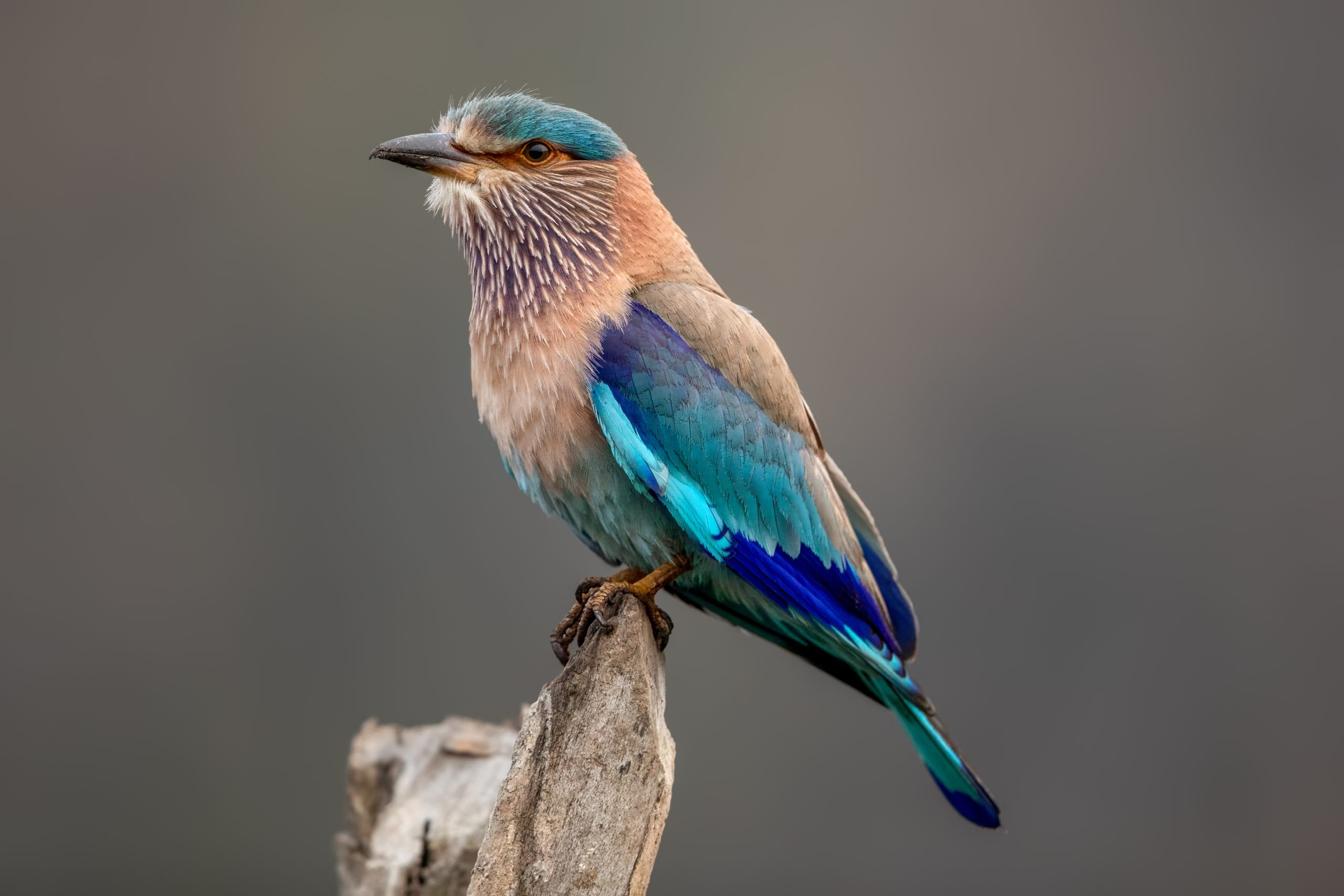Broad-billed Roller
(Eurystomus glaucurus)
Description
The broad-billed roller (Eurystomus glaucurus), or cinnamon roller, is a distinctly colored bird, primarily displaying shades of cinnamon or reddish-brown. It measures around 27-29 cm (10.6-11.4) in length. Its bill is broad and yellow, contrasting with its plumage. Unlike some other roller species, it lacks most of the vibrant blue or purple colorations, instead exhibiting a more uniform cinnamon color across its body. Some of the characteristic blue coloration of rollers can be seen on the wings and tail, especially in flight. This species can be found in a range spanning across sub-Saharan Africa, inhabiting areas from Senegal to Ethiopia and south to the northern regions of Angola and South Africa. It is also found in Madagascar, but only in the breeding season.
Diet & habitat
The broad-billed roller typically resides in open woodlands, savannas, and forest edges. It adapts to a variety of habitats but prefers areas with sparse tree cover. Their diet is insectivorous, consisting of beetles, grasshoppers, and other large insects. They often catch their prey on the wing, using a perch to spot and swoop down on insects. Sometimes groups of over 100 rollers get together to hunt insects in swarms. They drink water while flying, a behavior most notable in swallows.
Nesting
The breeding habits of the broad-billed roller are closely tied to the rainy season, varying by region. Some populations are migratory, and migrates to wetter regions during the dry season, before coming back to breed in the rainy season. They nest in tree cavities, either natural or previously excavated by other animals. The female lays 2 to 4 eggs, and both parents participate in the incubation process, which lasts about 20 days. The chicks are altricial, requiring care and feeding for several weeks before they fledge.
Status
The broad-billed roller is widespread and the populations is stable. There are no immediate threats and it is listed as least concern on the IUCN Red List.







